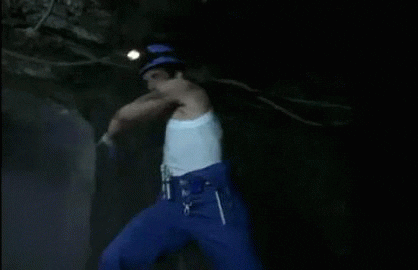
TL;DR
-
Every ~4 years, BTC becomes twice as hard to mine – and because a steady supply of 21 million BTC was once created, the “Bitcoin Halving Cycle” historically marked the beginning of a bull run.
-
After the halving, it will be twice as hard to mine the same amount of BTC; so mining costs are expected to roughly double, putting the breakeven point somewhere between $20,000 and $30,000.
-
The good news is: the BTC halving cycle is making BTC scarcer. So as long as demand remains the same, the value of BTC should theoretically increase.
Full story
Every few weeks we write a piece about the Bitcoin halving event that will take place in April 2024.
Why? Because it is a very important mechanism to understand when it comes to the value of BTC (and therefore all crypto valuations).
To summarize (and to quote ourselves):
“Every ~4 years, BTC becomes twice as hard to mine – and because a steady supply of 21 million BTC was once created, the ‘Bitcoin Halving Cycle’ historically marked the beginning of a bull run.
(Demand + scarcity = people value it more).”
But here’s the thing.
Based on publicly available data (from publicly traded miners), each Bitcoin today costs $10,000 – $15,000 to mine.
At the current price of just over $26k, that’s all fine and dandy. Miners can even make a nice profit.
But after the halving, it will be twice as hard to mine the same amount of BTC; so mining costs are expected to roughly double, putting the breakeven point somewhere between $20,000 and $30,000.
The bad news is, if the value of BTC does not exceed $30,000, assuming no additional efficiencies are made (better chips, cheaper power, etc.), mining operations could start at a gross loss.
The good news is: the BTC halving cycle is making BTC scarcer. So as long as demand remains the same, the value of BTC should theoretically increase.
We don’t have a crystal ball, and this is definitely not financial advice.
But hey, it sure is a fun concept to explain to your drunk uncle at the next family gathering.













